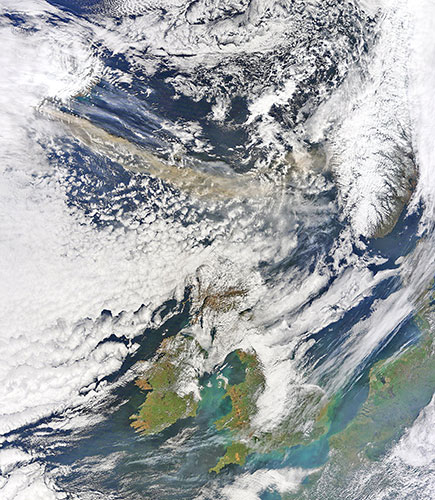
The United Kingdom's airspace was closed about noon Thursday (7 a.m. ET) and will be closed until at least 7 a.m. (2 a.m. ET) Friday, air traffic authorities said. Delta Air Lines has suspended service into and out of the UK for the rest of Thursday, spokesman Anthony Black said.
"At this point, it's only the UK (other flights have departed/arrived for the day). We will automatically rebook any cancelled flights. We are waiting to hear additional info from European air traffic controllers before we make any other adjustments," Black said in an e-mail.
Refunds will be available for Delta flights that are canceled or significantly delayed. The airline also will allow travelers to make a one-time change to tickets to or from London and Amsterdam free of charge for travel scheduled through April 18, according to its Web site. Rescheduled flights must originate no later than May 31.
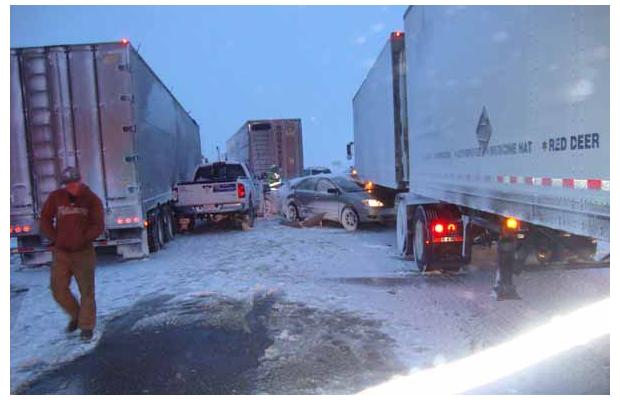
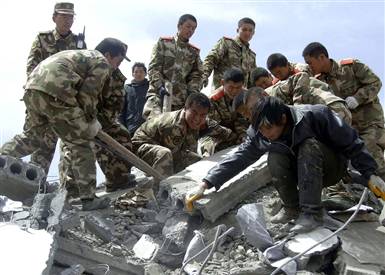
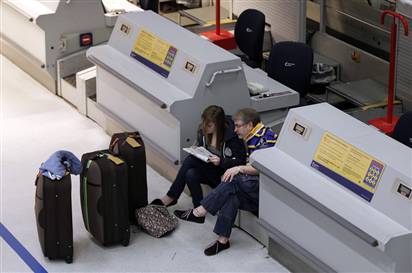
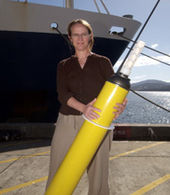

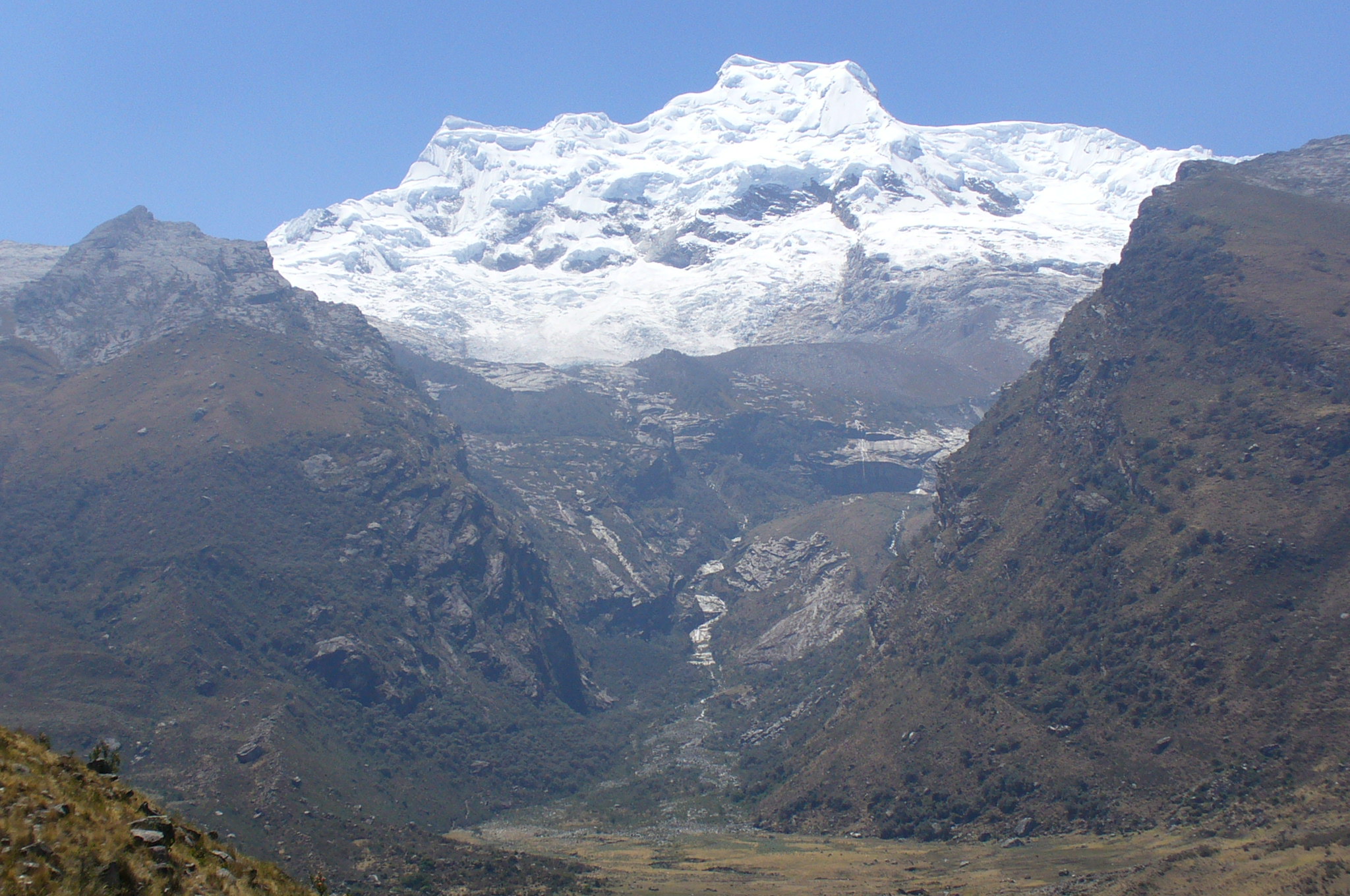



Comment: Good disinfo comes with a kernel of truth. It's impossible to get any climate related study published today without couching it in terms of "man made global warming caused by increased CO2 emissions."
Climategate: One Must Ignore 200 Years of Observations to Believe in AGW
Yes, the oceans are doing as described above, but not because of "global warming" as explicated by the IPCC. The oceans are heating due to undersea volcanic activity. At the same time, the upper atmosphere is cooling due to increased cosmic dust. As noted above, this has produced increased evaporation which leads to increased precipitation in the form of rain and snow.